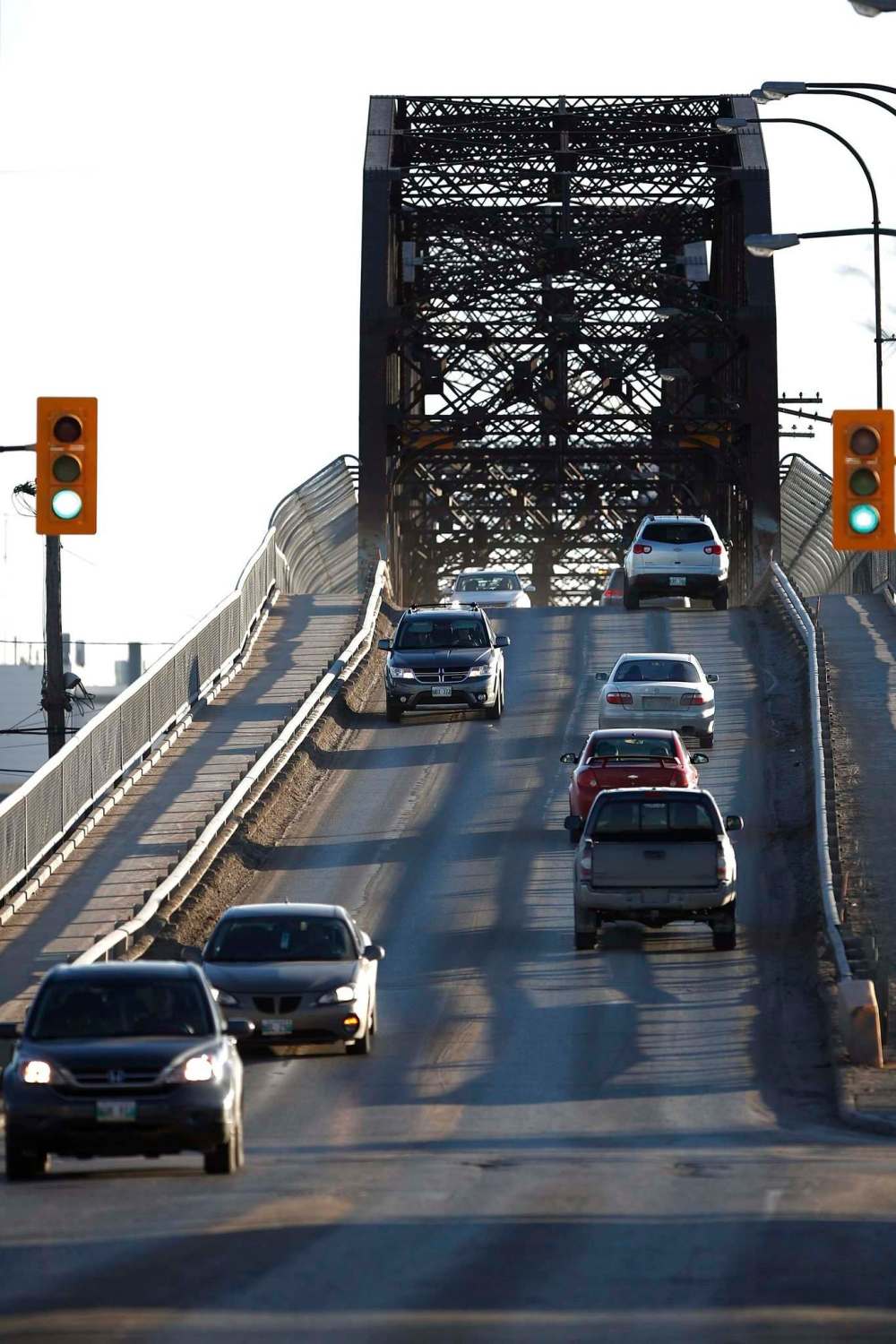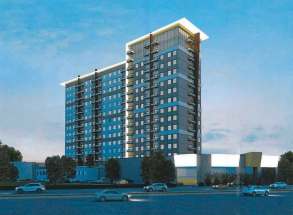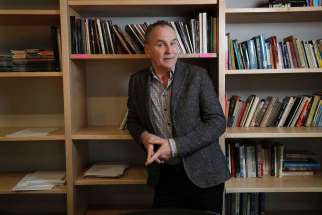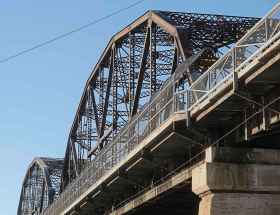Perhaps reconciliation requires a bigger dream
Read this article for free:
or
Already have an account? Log in here »
To continue reading, please subscribe:
Monthly Digital Subscription
$0 for the first 4 weeks*
- Enjoy unlimited reading on winnipegfreepress.com
- Read the E-Edition, our digital replica newspaper
- Access News Break, our award-winning app
- Play interactive puzzles
*No charge for 4 weeks then price increases to the regular rate of $19.00 plus GST every four weeks. Offer available to new and qualified returning subscribers only. Cancel any time.
Monthly Digital Subscription
$4.75/week*
- Enjoy unlimited reading on winnipegfreepress.com
- Read the E-Edition, our digital replica newspaper
- Access News Break, our award-winning app
- Play interactive puzzles
*Billed as $19 plus GST every four weeks. Cancel any time.
To continue reading, please subscribe:
Add Free Press access to your Brandon Sun subscription for only an additional
$1 for the first 4 weeks*
*Your next subscription payment will increase by $1.00 and you will be charged $16.99 plus GST for four weeks. After four weeks, your payment will increase to $23.99 plus GST every four weeks.
Read unlimited articles for free today:
or
Already have an account? Log in here »
Hey there, time traveller!
This article was published 23/01/2019 (2513 days ago), so information in it may no longer be current.
What does reconciliation look like? Like the Arlington Street bridge, according to Vivian Santos.
The rookie city councillor is introducing a motion at a city committee to formally change the name of the bridge to Reconciliation Way.
Ms. Santos’s goal is that the new name of the bridge will enter the lexicon of Winnipeggers as a positive reminder that this city seeks reconciliation with the Indigenous community.

The councillor has a poet’s eye for imbuing a utilitarian object with symbolism, though perhaps the symbolism could go even further than she intends. The 106-year-old bridge is crumbling and, like the high ideal of reconciliation, government agrees that change is necessary but has not dedicated adequate funds to pave the new path. On a surface level, the Arlington Street bridge arches high above Winnipeg’s central rail yards, providing a bird’s-eye view of rows of track that point to the horizon.
Canadian Pacific and its inner-city rail yards have long divided Winnipeg into north and south, in ways that are economic and cultural as well as geographical. The north side of the bridge is a gateway to the North End, an area traditionally home to a large number of Indigenous people and immigrants. The south end of the bridge points to areas of the city where, demographics show, people generally have higher incomes.
Ms. Santos hopes linking the two areas with a bridge called Reconciliation Way will help residents rise above past tensions of racial and income prejudice and arrive at a place of mutual respect.
It’s presumed the bridge’s new name, if approved by council, will last longer than the deteriorating span and will be transferred to the new structure that replaces it. Early estimates put the cost of the new bridge at about $300 million, but the project hasn’t been identified as a funding priority by the city.
Renaming the bridge as a hopeful symbol of reconciliation is laudable, but it’s still just a symbol. Perhaps the surest way to get rid of the divide between north and south is to get rid of the divide, literally.
Imagine for a moment the potential that would exist if the CP rail yard were moved.
Relocating the rail yard is not a new idea, and naysayers usually shoot it down by estimating an unacceptably high cost. But both Regina and Saskatoon have studied moving their rail lines outside of their urban centres, and Saskatoon’s feasibility study has tagged the cost at $560 million.
CP could move its operations to northwest Winnipeg, closer to the flow of trucks using CentrePort Canada and planes using Richardson International Airport, making it more convenient to transfer cargo that needs to be conveyed by a combination of road, air and rail.
The relocation would also relieve the many Winnipeggers who are aware of the ever-present dangers of transporting through residential areas an increasing number of railcars full of crude oil that can’t be transported by pipelines whose development has been stalled or abandoned.
With CP operations moved, the 400-acre parcel of rail tracks that has historically separated classes of Winnipeggers would be wide open to housing, businesses and recreational facilities. These amenities would be enjoyed by people from both the north and south.
Ms. Santos’s dream of Reconciliation Way is commendable. But let’s dream larger. Let’s give serious consideration to making the new bridge unnecessary. Make the land beneath it a place for people to meet, instead of a place that divides.










